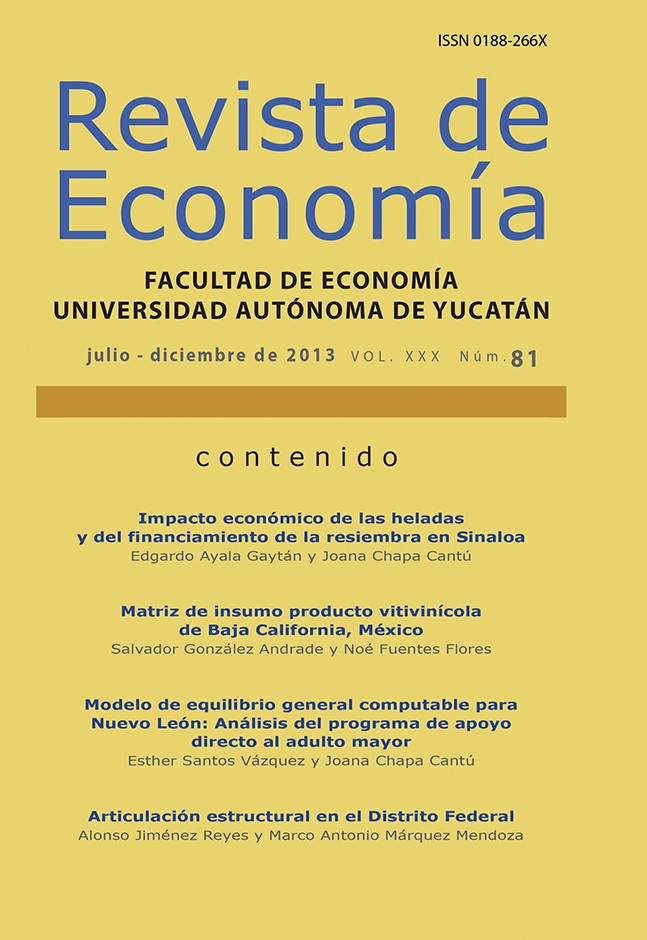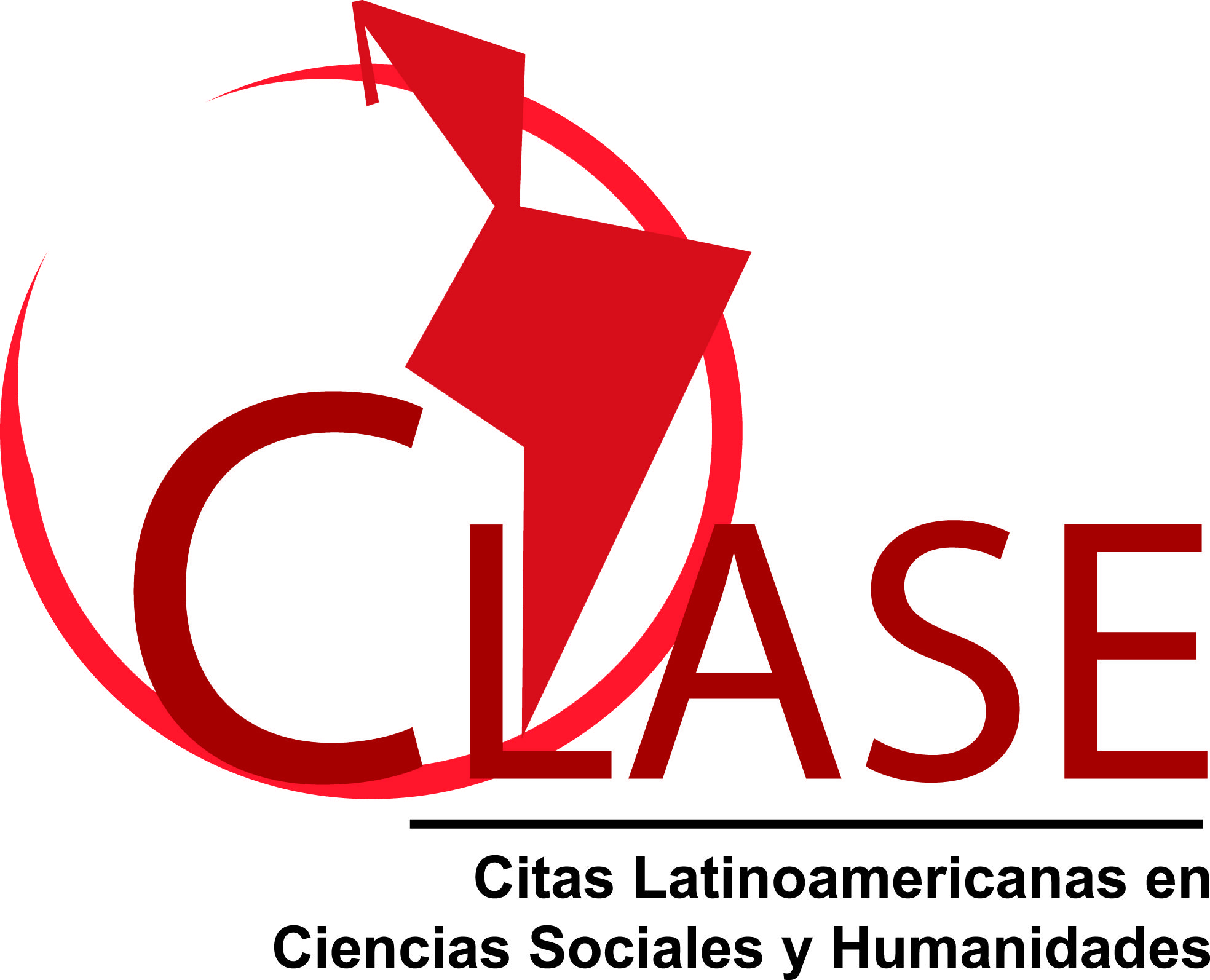Computable general equilibrium model for Nuevo Leon: analysis of direct support program for the elderly
Abstract
The general objective of this paper is to estimate a Computable General Equilibrium Model (CGE) for the state of Nuevo Leon, Mexico, to analyze the effects of public policies on this regional economy taking into account the interrelationships between households, industries, government and external sector. As an empirical application, we analyze the effects on consumption, production and income distribution of a direct transfer to older poor people named: Programa de Apoyo Directo al Adulto Mayor (PAM). We model this regional economy assuming perfect competition. In this economy interact: 10 households differentiated by their income level, 17 productive sectors, two levels of government, local and federal, and aggre-gated external sector. In this economy are traded: 17 intermediates goods, 10 final goods and an investment good. Families provide 17 types of labor and one kind of capital. The model is static and neoclassical type. The main results suggest that the program has had the redistributive effects desired by the government, since is estimated through the Gini coefficient that this program redistributes income more equitably. Additionally, transferring resources through PAM generates efficiency gains on production, income and households consumption in the state of Nuevo Leon, compared to spending such resources following the traditional government Budget.
Copyright (c) 2013 Revista de Economía

This work is licensed under a Creative Commons Attribution-NonCommercial-ShareAlike 4.0 International License.
D.R. © Revista de Economía
The conditions that are required when granting the attribution license called CC -BY-NC-SA are the following:
1. The Universidad Autónoma de Yucatán must be clearly identified as the owner of the copyright of the original publication.
2. The material may not be used for commercial purposes.
3. Any derivative work must be published and distributed under the same open access license as the original publication.











